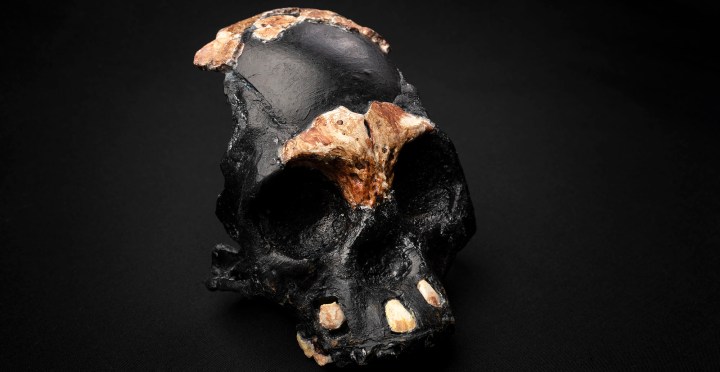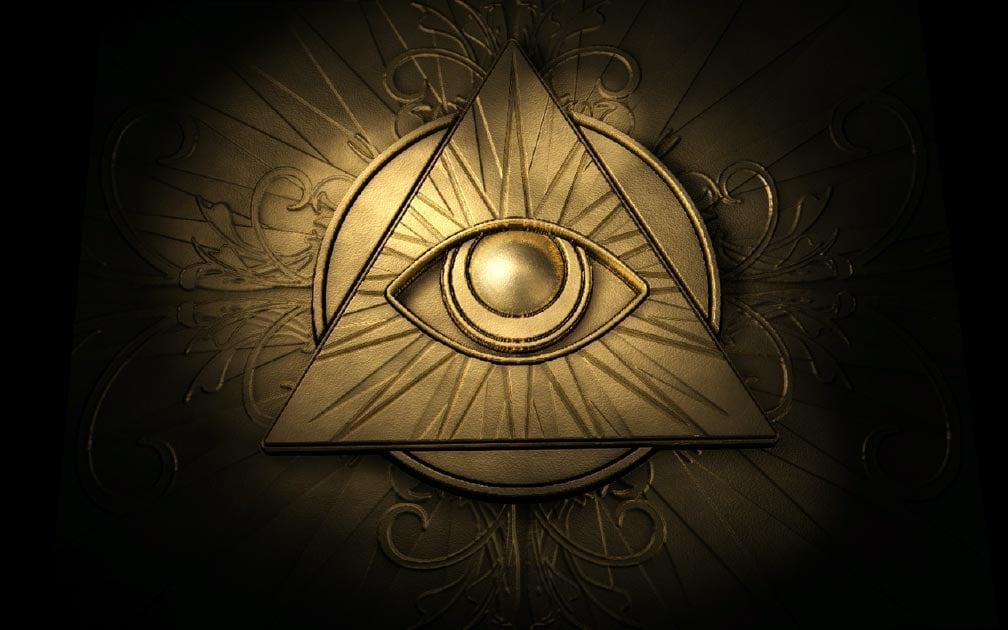VIDEO:
Blavatsky, the Akashic Records, and the Mystery of the Barakas Geoglyphs

Blavatsky was a Russian spiritualist who incorporated symbols from various ancient religions into her teachings, including the swastika, oroboros, and pentagram.

According to her, the Akashic Records are a collection of all events, thoughts, emotions, and words that have ever existed, and they can only be accessed through extreme psychic ascension.
Theosophists believe the records exist in a mental plane outside our physical world, and accessing them would reveal all the cosmic knowledge available. Famous people who claimed to have accessed the records include Clairvoyant Edgar Casey and Mystic Rudolph Steiner, but there is no scientific proof that such a plane of existence exists.

The Barakas culture, which thrived in Peru between 800 and 100 BC, created strange geoglyphs across the landscape known as the Palpat geoglyphs. These glyphs depict humanoid figures that appear to be wearing unusual clothing and some even have space helmets on, leading some to speculate that they were meant to be seen by alien visitors. However, mainstream archaeologists believe they were likely depictions of kings and shamans. The truth is that nobody knows for sure what the glyphs are supposed to represent or who they were meant to be seen by.
The Eye of Providence is a symbol often associated with mysterious fringe groups like the Illuminati. It can be found on the one-dollar bill, the Great Seal of the United States, and countless churches across Europe. The earliest examples of the symbol come from religious artwork completed during the Renaissance period, where it was used as a representation of God. However, nobody knows who originally invented it or how it became such a common symbol. There is also speculation that it was inspired by something far more ancient and less Christian, such as the Eye of Horus from Egypt.
Recently, Cambridge archaeologist Professor Graham Clark completed excavations at the prehistoric Star Car site in North Yorkshire, England. The site was first occupied around 9335 BC, and one of the most significant finds was a mysterious skull that researchers are still trying to identify.



